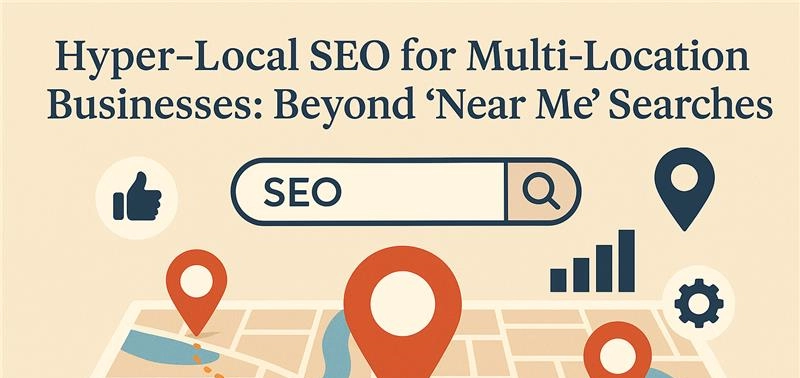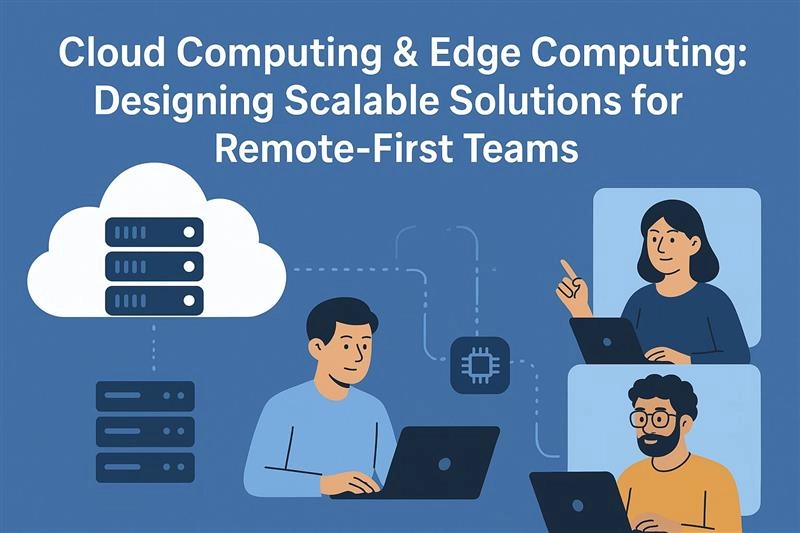SEO Trends Post-2025: Voice Search, Local SEO & Mobile-First Indexing
11 Aug 2025Why SEO in 2025 Requires a Shift in Strategy
A few months ago, I helped a local cafe fix their online presence. All we did was tidy up their Google Business Profile, post a few tempting latte shots, and answer some common customer questions on their site. Within weeks, they started showing up for “best coffee open now” searches — right when customers were nearby and thirsty.
That’s what SEO looks like in 2025 — less about cramming in keywords, more about really getting how people search, where they’re searching from, and what’s driving that search in the first place. With AI shaping results, voice searches becoming second nature, and most browsing happening on phones, the “old tricks” just don’t cut it anymore. If you’re looking to boost your SEO results, Trawlii can help you get there faster with strategies that work today, not yesterday.
Trend #1: The Rise of Voice Search and Conversational Queries
People don’t talk to their phones the way they type into Google. Instead of “coffee shop Mumbai,” they ask, “Where’s a good coffee shop near me that’s open late?” Those extra words make a difference — and how you respond to them can decide whether your page shows up or gets skipped over.
Long-tail, question-based optimization
Write content that answers the full question, not just the keyword. Keep your answers short and clear up top, then offer more detail below.
Work in the kinds of phrases people actually say. That might be local slang, casual rewording, or small variations in phrasing. Avoid repeating one exact question again and again — it sounds forced to readers and search engines alike.
Structured data for voice snippets
Add FAQ, HowTo, or Product schema when it naturally fits your page — it gives voice assistants a neat, ready-made package to pull an answer from.
But remember, schema is just the wrapping paper. The real value is what’s inside. If your content doesn’t clearly answer the question, no amount of markup will magically make it the chosen response.
Trend #2: Local SEO Gets Hyper-Personalized
Local search used to be as simple as “near me.” Now, search results can change depending on whether it’s lunchtime, a rainy day, or there’s a festival in town.
Proximity signals, reviews, and local schema
Make sure your business details — address, phone number, opening hours — match everywhere they appear online. Even a minor difference, like “Mb.” vs “Mobile,” can confuse search engines and decrease your local rankings.
When it comes to reviews, encourage customers to be specific. A line like “best vegan pizza in Andheri” does far more for your visibility than a generic “great service.” Those little details often work like hidden keywords in local search.
Optimizing GMB and hyperlocal content
Think of your Google Business Profile as a small but powerful website. Keep it alive with new photos, quick updates, and timely responses to reviews.
And don’t stop at city-wide targeting — zoom in. Write about your neighbourhood, nearby landmarks, or local events. A post on “Best breakfast spots near CST Station” will speak to a different crowd than one about “Best breakfast in Mumbai,” and search engines notice that relevance. Trawlii can help craft hyperlocal content strategies that match how your audience actually searches.
Trend #3: Mobile-First Indexing Is Now the Norm
As far as Google’s concerned, your mobile site is your site. If it’s missing content or looks like a stripped-down version of desktop, your rankings will take a hit.
UX signals, Core Web Vitals, mobile crawl parity
Prioritize stability, speed and a smooth browsing experience. Even small layout shifts on mobile — like a button jumping as the page loads — can annoy users and down your Core Web Vitals score.
Your mobile site should be just as complete as your desktop version. That means the same key text, images, and structured data all in place. If someone (or Google’s crawler) can only find certain content on desktop, you’ve already given your rankings an unnecessary handicap.
AI + SEO: Search Generative Experience (SGE) and Entity Optimization
Create clear pages for important entities — products, services, authors, or locations — so Google can easily connect them in its AI-powered results.
Back everything with EEAT principles: show your experience, prove your authority, and make your trustworthiness obvious with sources, credentials, and transparent content.
EEAT alignment and semantic relationships
Google now maps how topics and subtopics relate to each other. If your site explains “cold brew coffee,” it should naturally link to pages on “coffee beans,” “brewing methods,” and maybe even “café storage tips.”
Action Checklist for 2025 SEO Success
Technical SEO
- Keep mobile and desktop content identical in the key details.
- Improve Core Web Vitals by speeding up load times and avoiding layout shifts.
- Maintain a clean, up-to-date sitemap and robots.txt, and make sure your site is secure (HTTPS).
On-Page SEO
- Add schema markup where it genuinely makes sense — things like LocalBusiness, FAQ, HowTo, Product, or Review — so search engines have extra context for what your page is about.
- Lay out your headings the way real people ask questions. It keeps your content reader-friendly and lines up with the exact queries your audience might type (or say) into search.
Content Strategies
- Write short, clear answers that work for voice search — then follow them up with a deeper explanation for readers who want more detail.
- Create content that zooms in on specific neighborhoods, landmarks, or events so you can capture hyperlocal searches that broader pages might miss.
- Share real customer stories or case studies. Include names, places, timelines, and results — those concrete details are far more convincing than generic “we did a great job” claims.
Conclusion: Stay Agile, Stay Indexed
The way people search is changing quickly — and search engines are evolving right alongside them. Voice queries and mobile-first indexing aren’t “upcoming trends” anymore; they’re the standard. The businesses that come out on top in 2025 will be the ones that stay flexible, write for real people, and make every click feel worth the user’s time. And if you need a partner who lives and breathes these strategies, Trawlii can help you achieve your goals and stay ahead of the competition.




